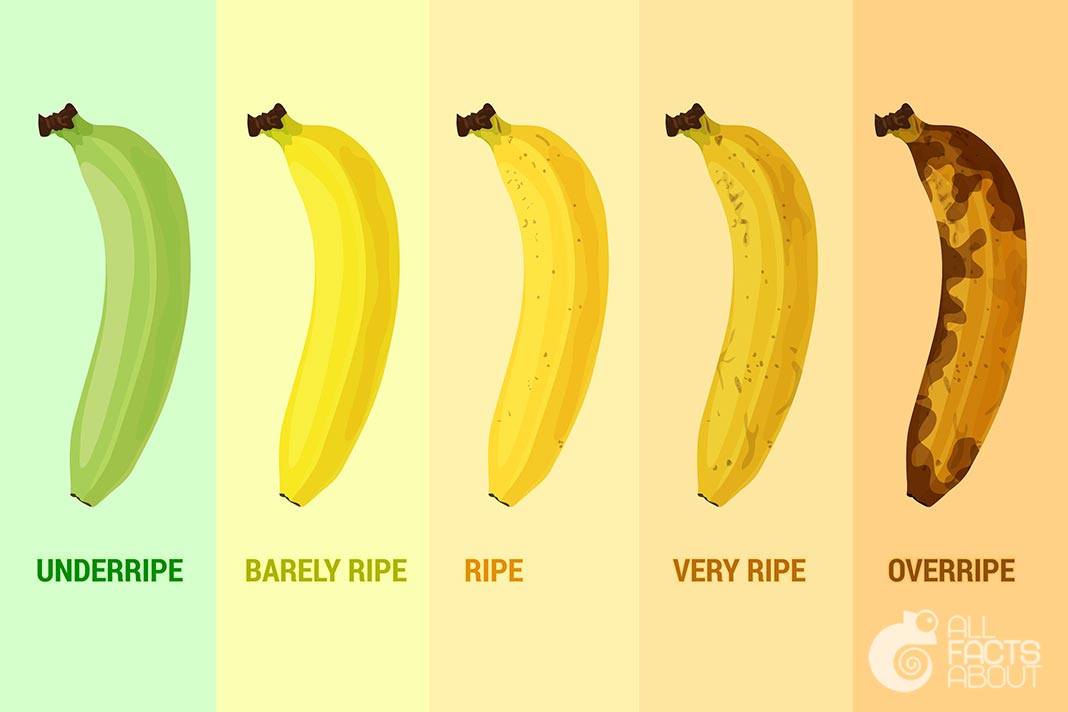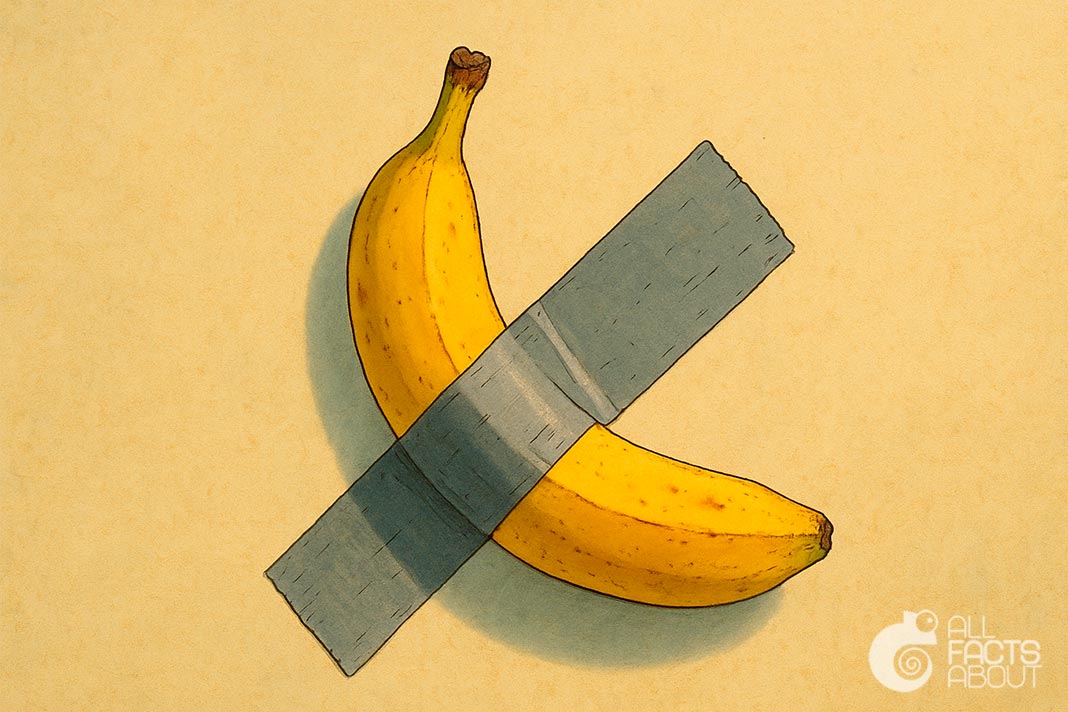Over the past century, bananas have become a staple in every kitchen around the world. Aside from being extremely healthy, delicious, and very nutritious, they are also highly convenient snack food.
1. Bananas originated in Southeast Asia and the South Pacific around 8000 to 5000 BC. Bananas are among the earliest known cultivated fruits in human history.
2. There are over 1,000 different varieties of bananas around the world. They first grew in Southeast Asia and soon spread to India. In Europe, bananas stayed rare and exotic until the colonial era (16th–19th centuries).
3. Some wild bananas contain large, hard seeds. Although technically edible, they are not commonly eaten due to their tough texture and limited flesh.
4. Not all banana plants are grown for their fruit. The Philippine banana plant Musa textilis is grown for its strong, lightweight fiber called abacá. This fiber is used to make ropes and other textile materials.
5. During the export of bananas, they are picked and packed while still in an unripe state. If you purchase green bananas from a store it takes approximately three to four days for them to fully ripen.

Stages of banana ripening: from green and firm to sweet and very ripe.
7. Bananas do not grow on trees. What appears to be a tree trunk is actually a "pseudostem" formed by tightly packed leaf bases, making the banana plant the world’s largest herb. Its underground root system can live for hundreds of years, while the stem above ground withers and dies each year.
8. Banana plants “walk” over time! Of course, they don’t have legs, but their underground roots grow sideways. This makes new shoots grow a bit away from the original plant, so the whole plant slowly shifts its position over the years.
9. Bananas contain a lot of potassium, which is needed for muscle contraction, the transmission of nerve impulses, and the proper functioning of the body’s heart and kidneys. One hundred grams of banana contains up to 350 mg of potassium.
10. Because bananas have a lot of potassium (especially potassium-40), they are naturally radioactive. However, the level of radiation is extremely low and not harmful to humans.
11. Even banana peel contains many vitamins, including A, C, E, K, niacin, thiamine, and riboflavin. It is used both in traditional medicine and in the production of soap and other cosmetic products.
12. Although bananas may leave a dry feeling in the mouth, they are actually made up of about 75% water.

Banana taped to wall – artwork by Maurizio Cattelan
14. Over one hundred billion bananas are eaten worldwide each year. This makes bananas the fourth most popular crop after wheat, rice, and corn. On average, a person eats about 12 kilograms of bananas every year.
15. Uganda ranked number one as the highest average per capita consumption of bananas among all countries of the world. Where residents eat an average of 225 kg of bananas per person every year.
16. In the 20th century, some of the most popular banana varieties almost disappeared because of diseases that targeted only banana plants. One famous example is the Gros Michel banana, which was nearly wiped out by a fungal disease called Panama disease




